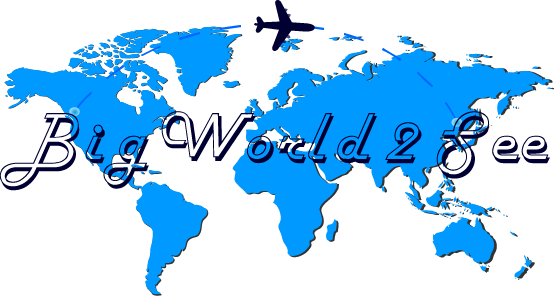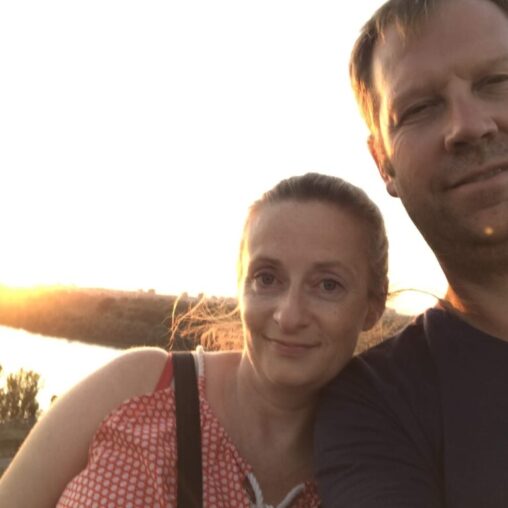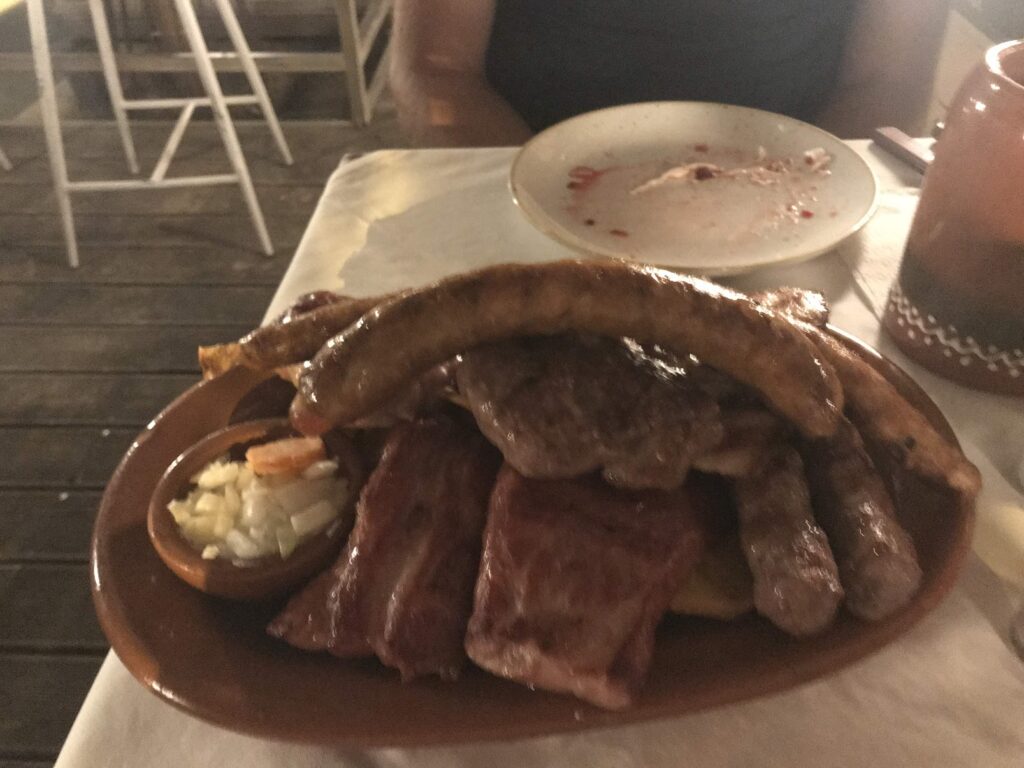We left Budapest on September 9th by train headed to Serbia. We planned a first stop in Subotica, Serbia which is just across the border from Hungary. Literally, it is right across the border. The train stops inside the Hungarian border for border control. Several border control agents board the train with portable devices to check and stamp our passports. Then the train starts going again and slows down as it approaches the boarder and honks its horn. Serbian border control opens a fenced gate to allow the train through. Moments later, the train stops just inside the gate at a Serbian border control check. This time, the Serbian border agent collects our passports and takes them inside. A while later she returns and gives them back to us stamped. We sit there a while longer and then the train starts to move again. This time it goes about 200 metres and then stops at the Subotica train station. The whole process of crossing the border took about 1.5 hours. But ultimately we are in Serbia.
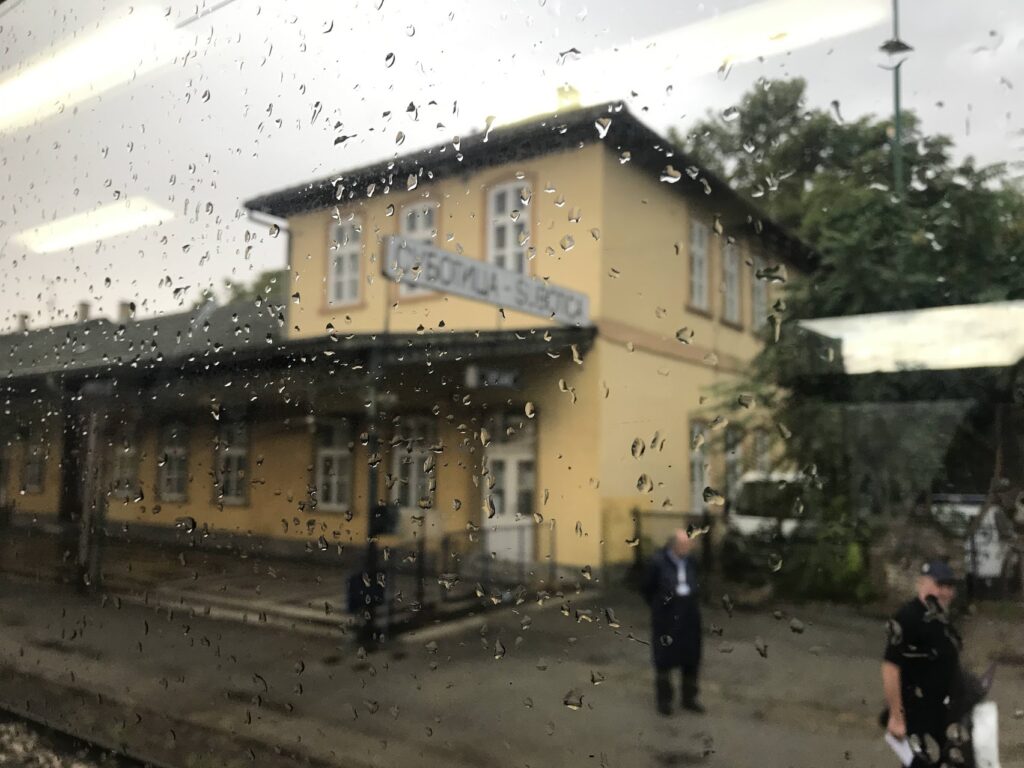
We wanted to see Subotica which is a picturesque little Art Nouveau town. I don’t have much to say about it because we were there for only two days. There is only so much you can see and do in such a small amount of time. However, we explored the city centre and were amazed by the fantastic buildings. We also sat and watched Serbia play Argentina in the Men’s Basketball World Championships. It was a small crowd and we sat in an outside café/bar to watch. The pictures below explain why we wanted to visit this little town.
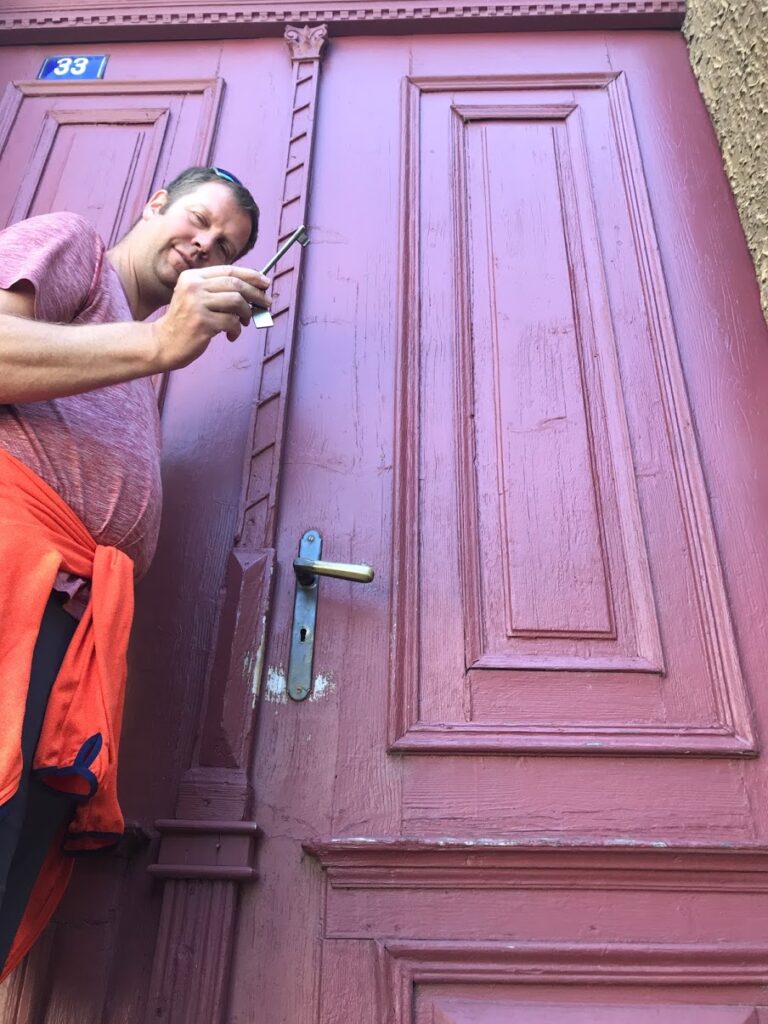

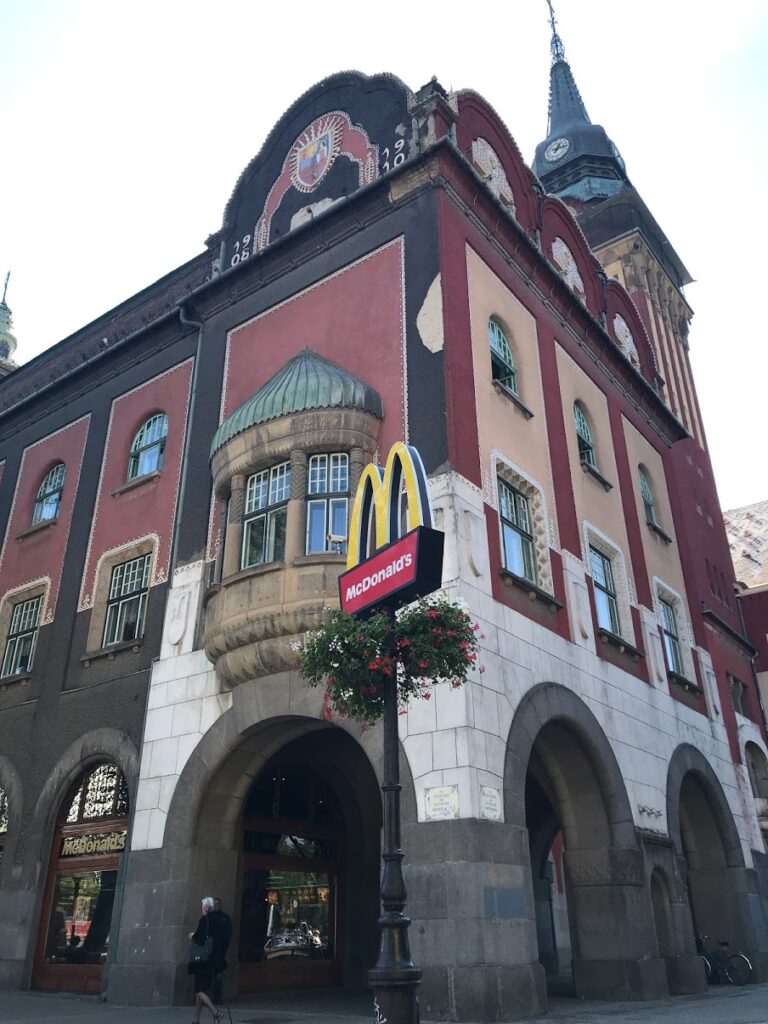
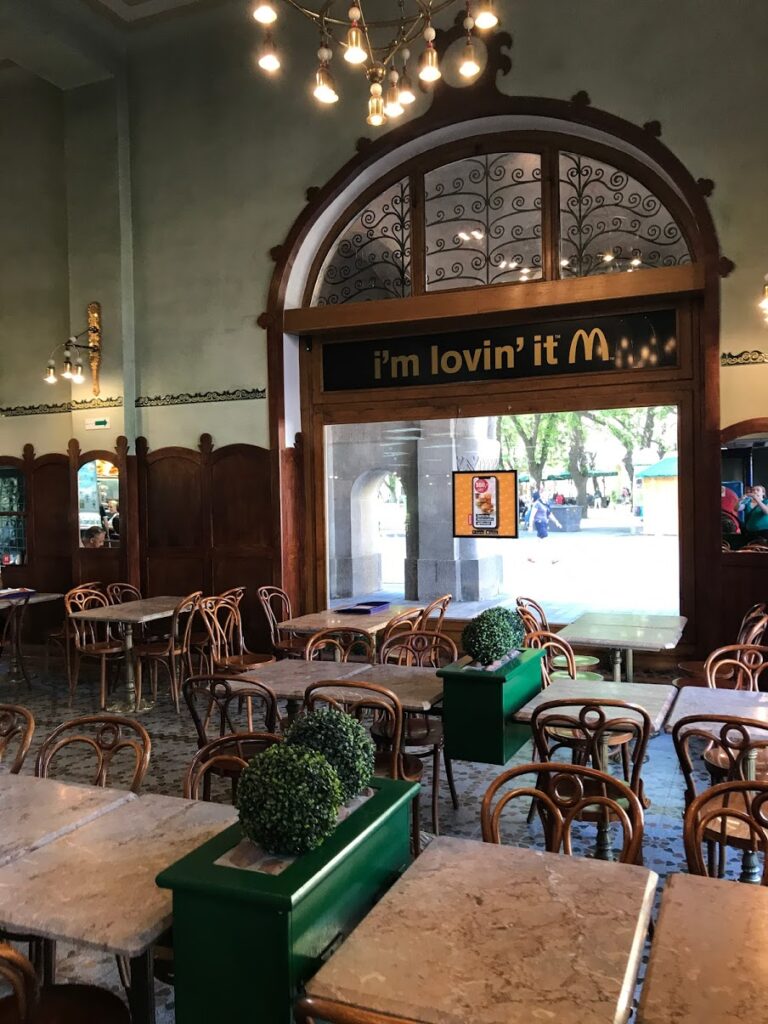
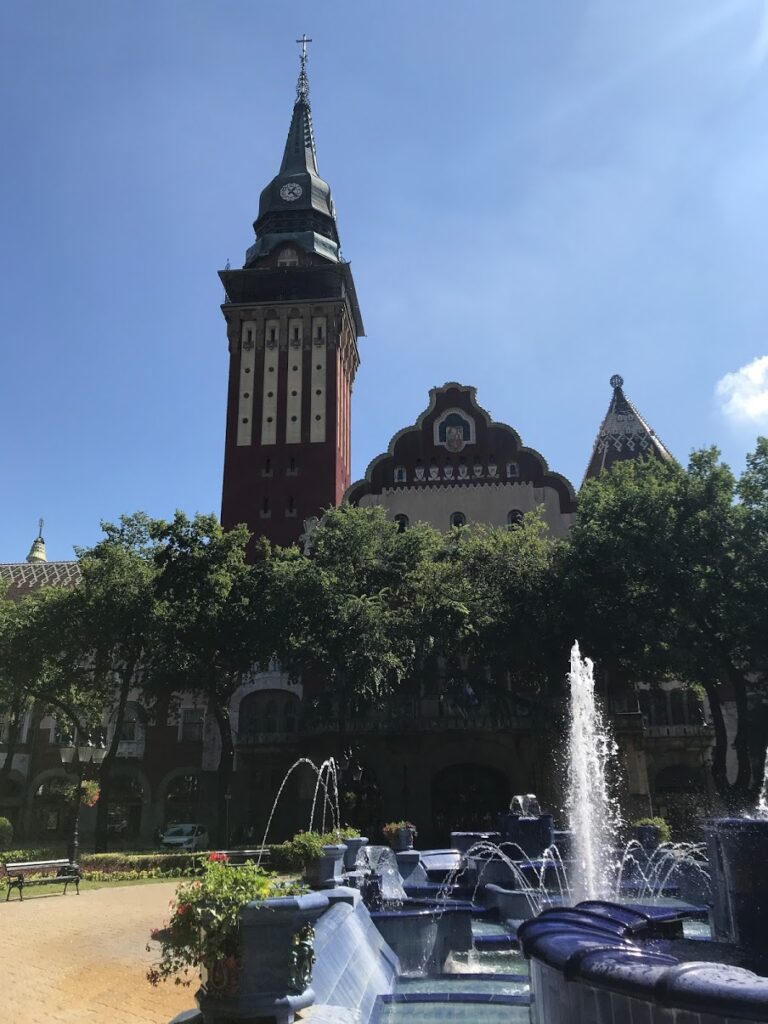

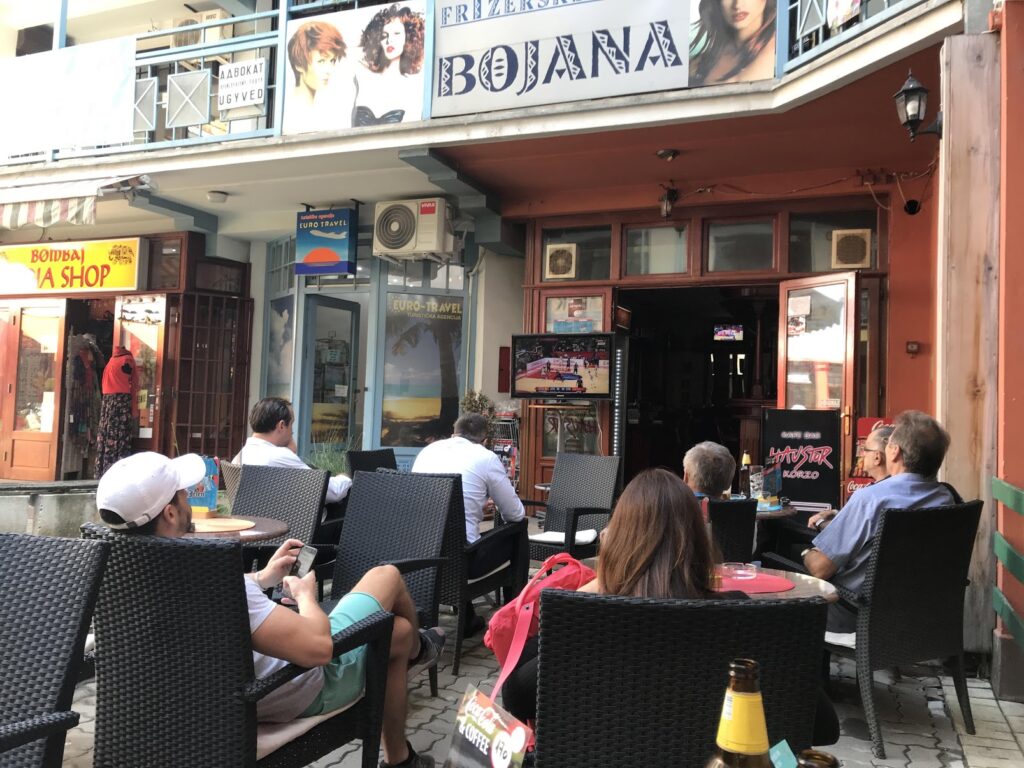
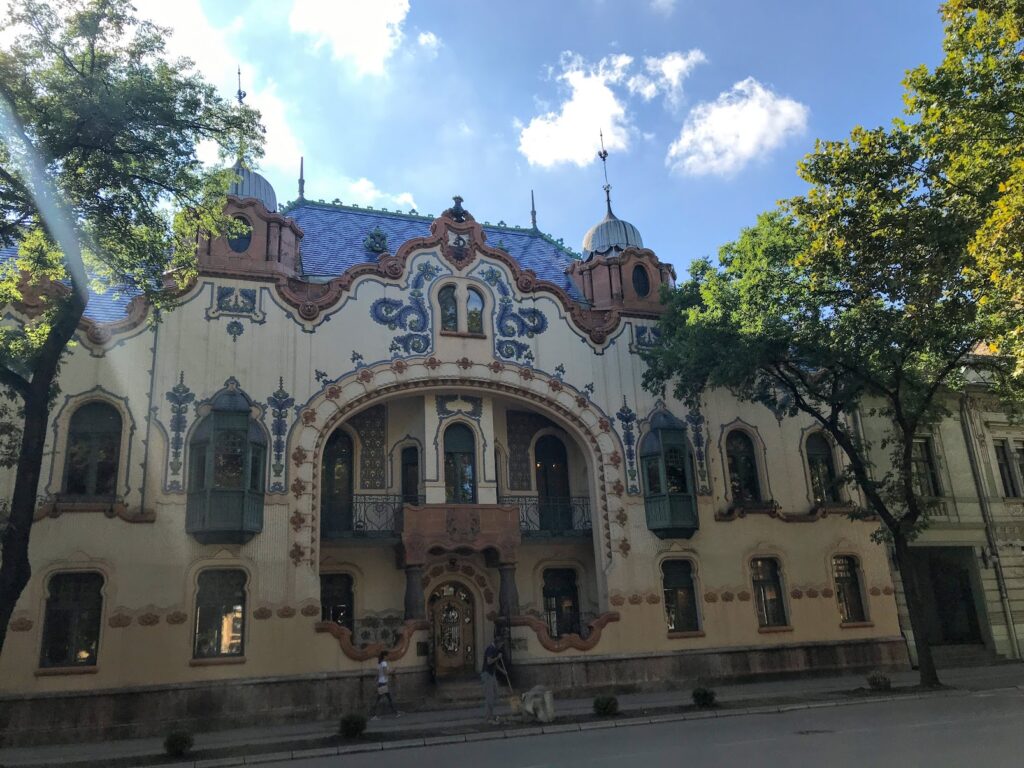
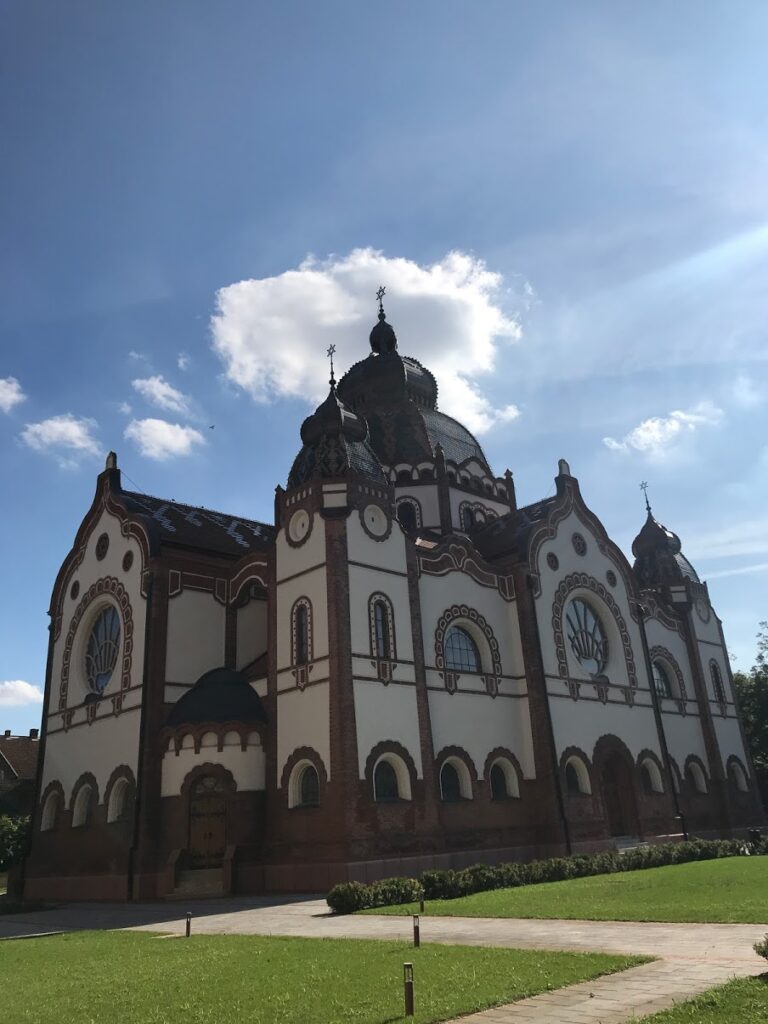
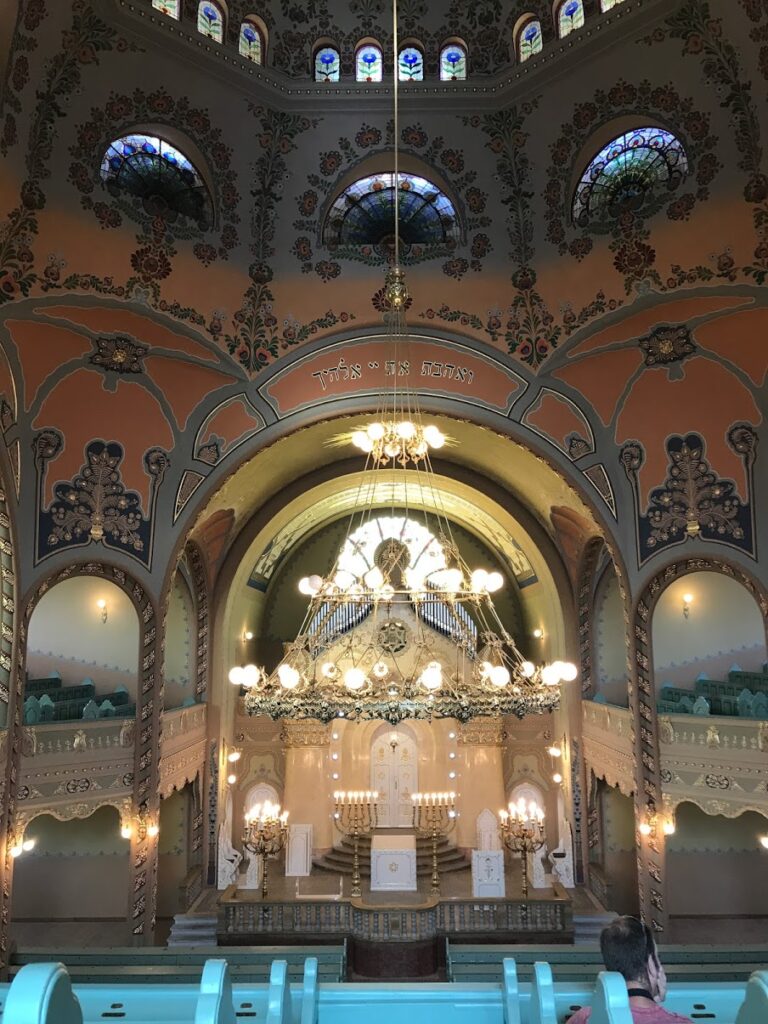
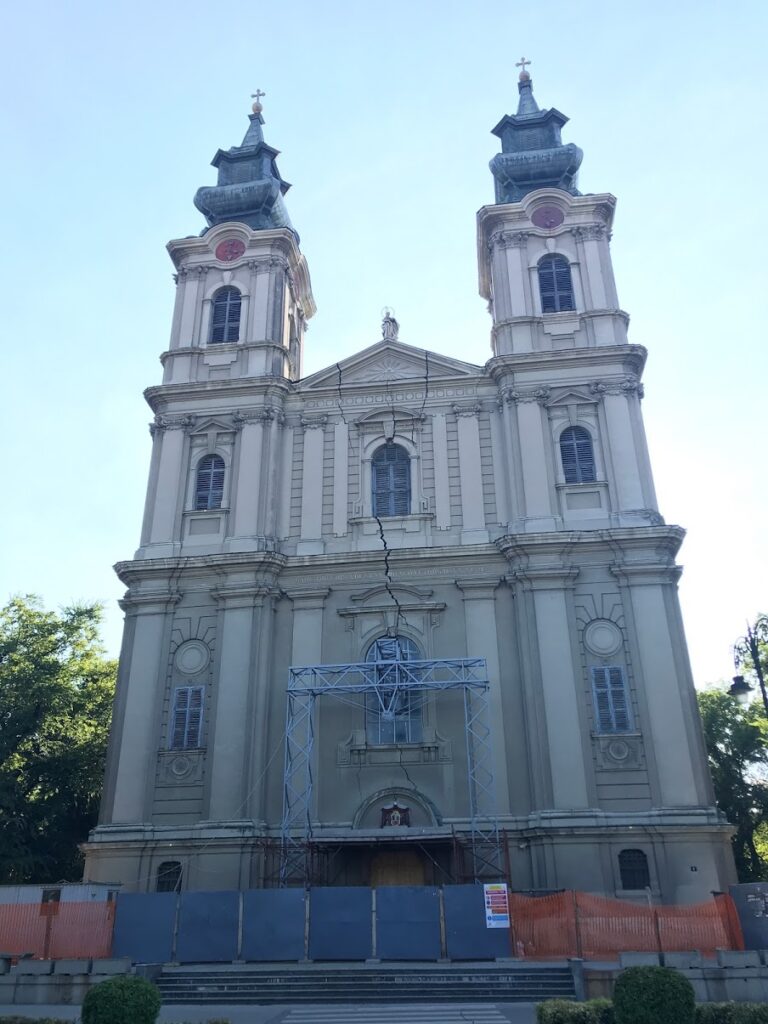
We took a bus from Subotica to Belgrade. The first night in Belgrade, we wandered around in the evening after we ate dinner. We discovered the Belgrade Waterfront which is kilometres long and looks like a revitalization/beautification project in Belgrade. It was quite lovely to stroll along the Danube (or its offshoot) and enjoy the skyline. There is a project being planned to construct a skyscraper apartment building which we later learned was being funded by the Emirates.
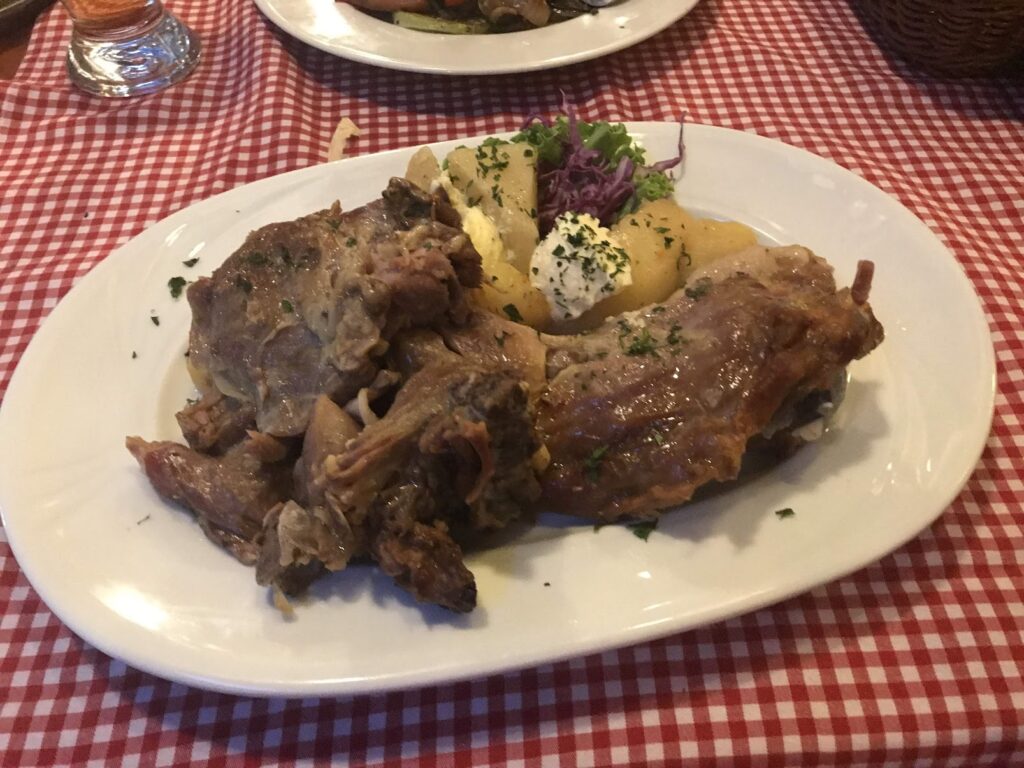
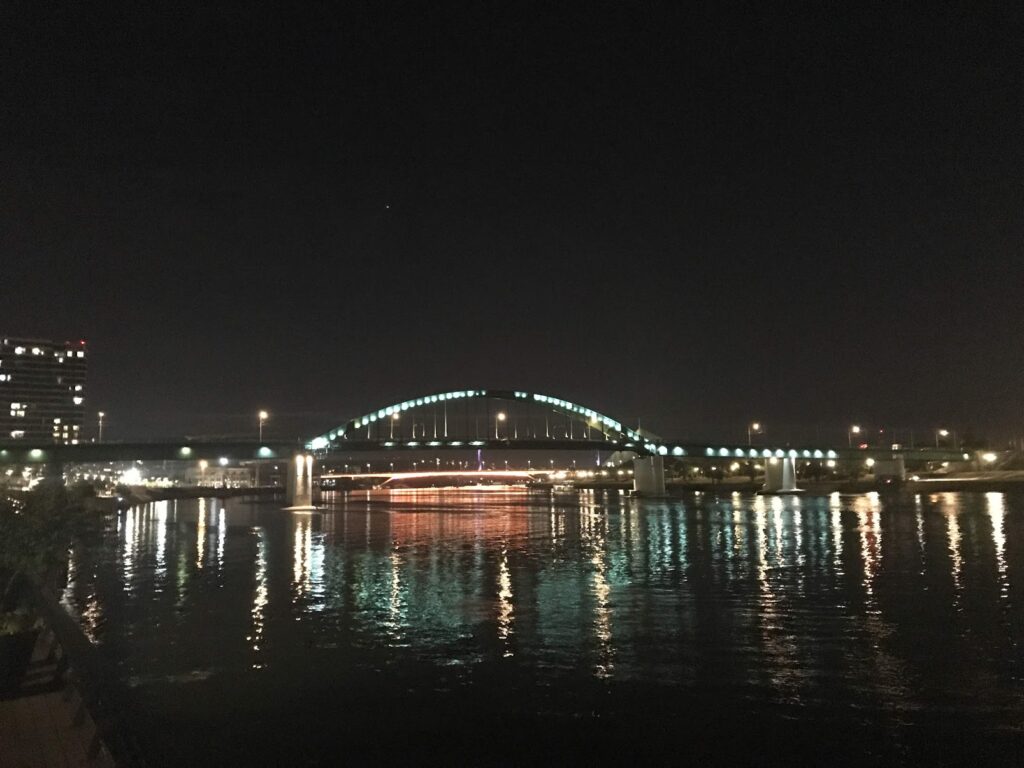
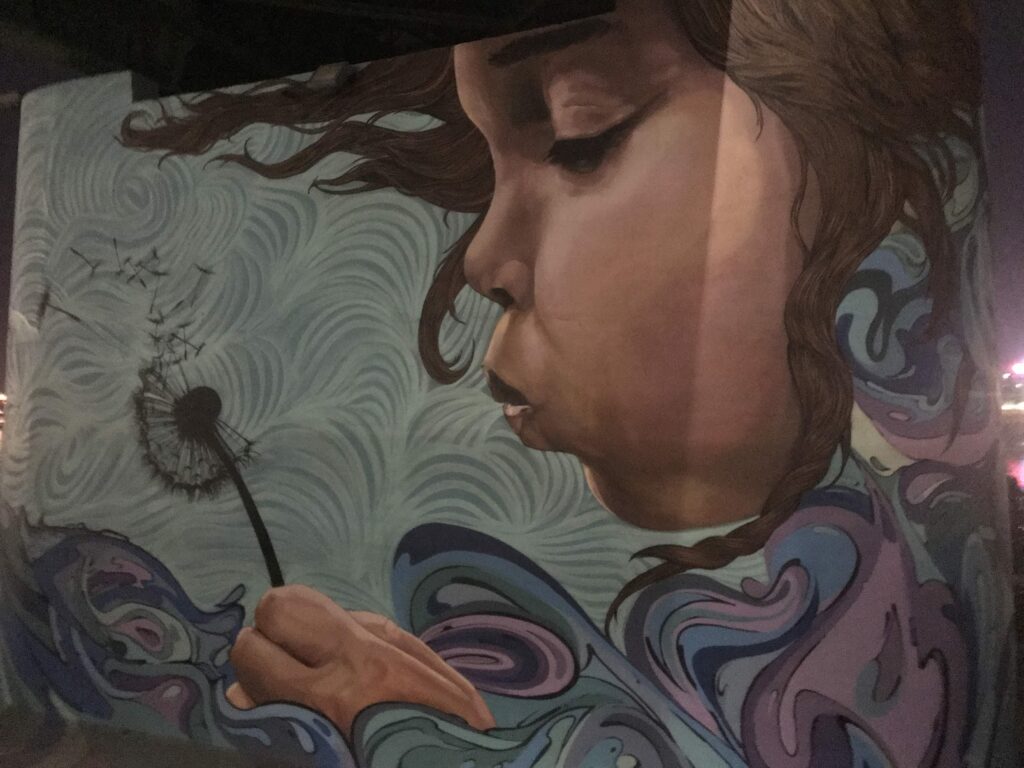
The next morning we did a free walking tour of the city. Actually, we started by doing the 20th Century Tour first. I think it was most appealing for me because I remember the Yugoslav wars in my lifetime. I also remember the NATO bombings of Belgrade; only from the news of course. The guide started out by saying right off the bat that if you expect a tour that is politically correct this is probably not the tour for you. He presented the information from his own perspective which was clearly a Serbian nationalist perspective. There was a lot I did not know but it was definitely interesting to get this history from his perspective.
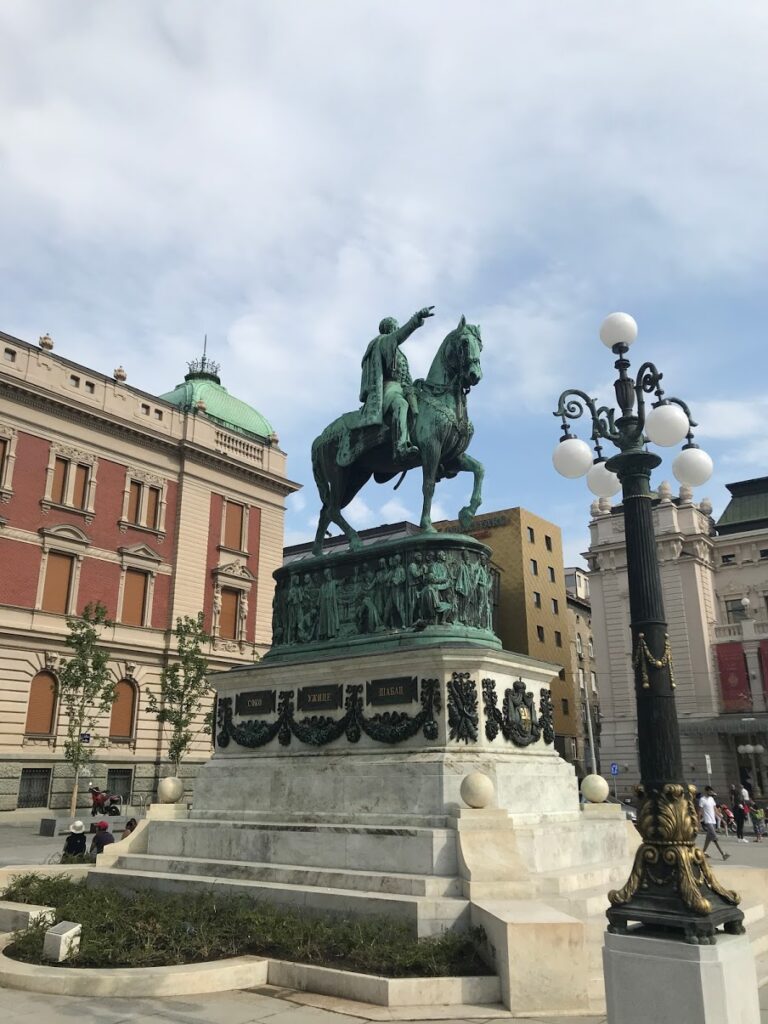
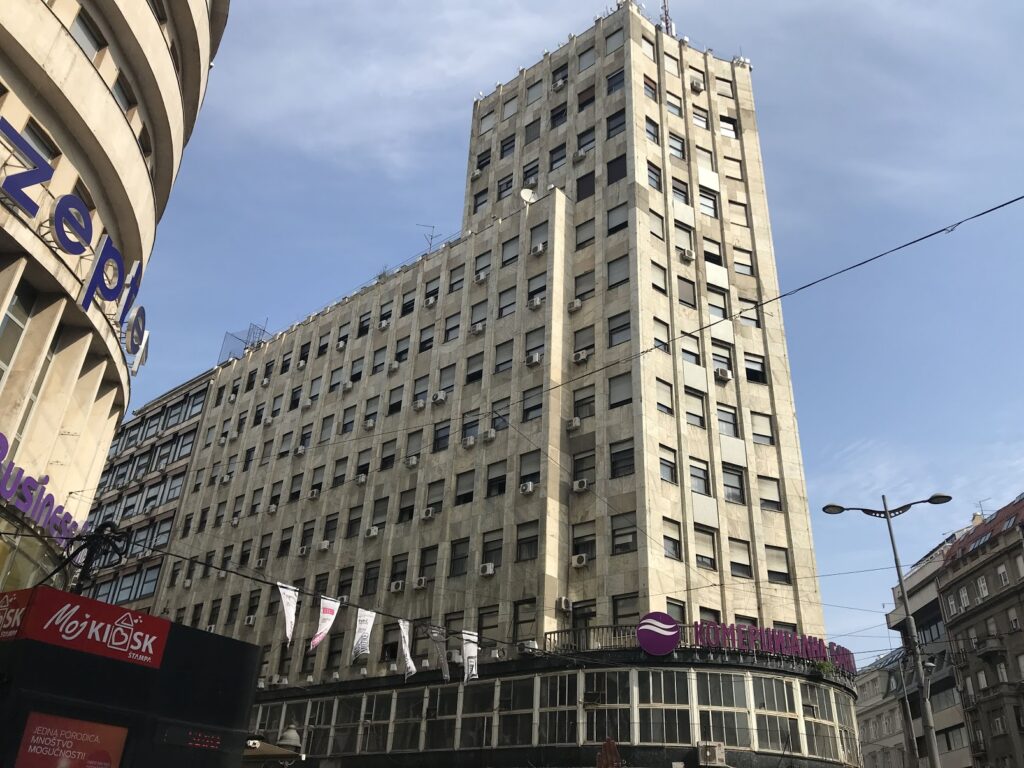
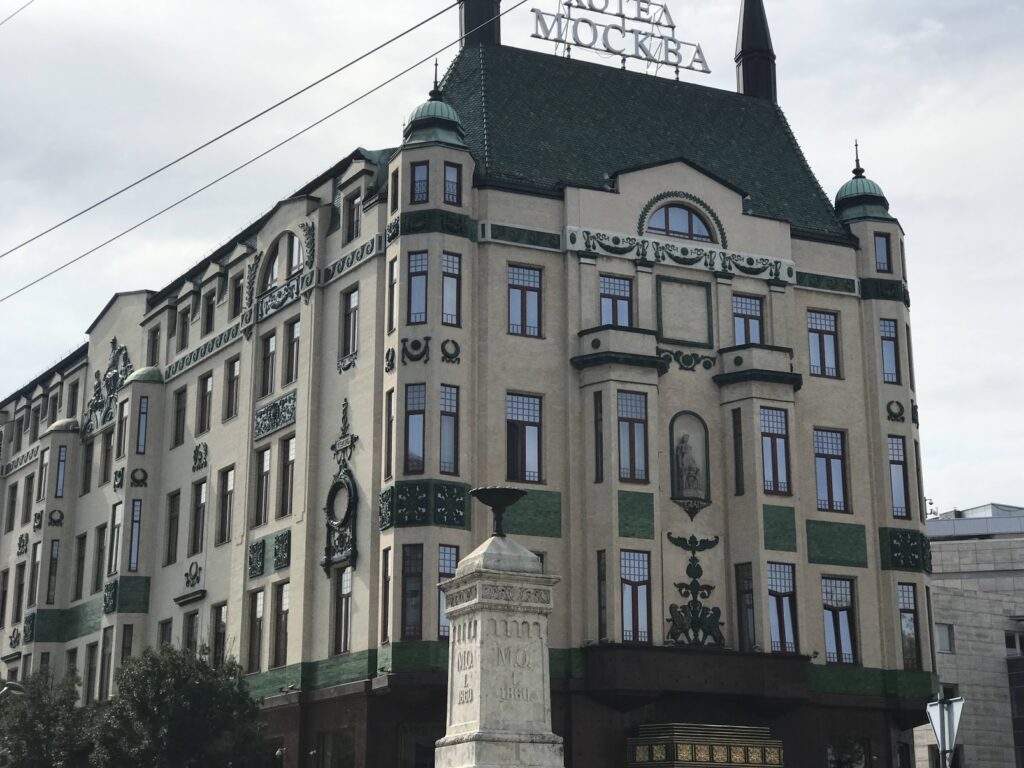
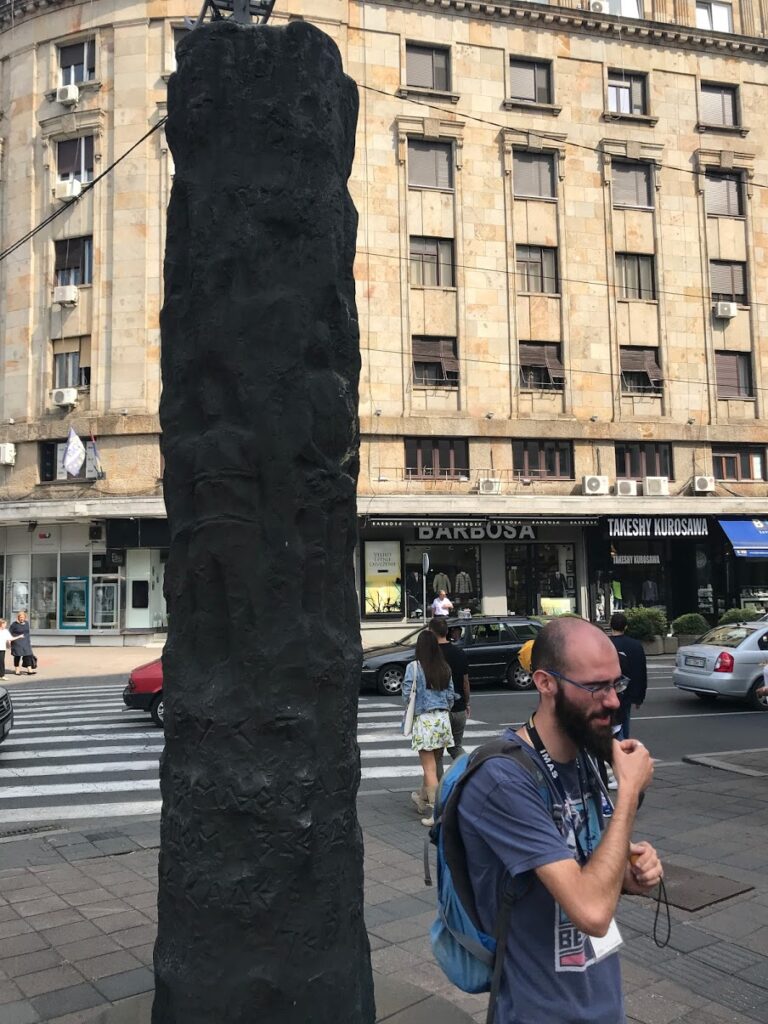
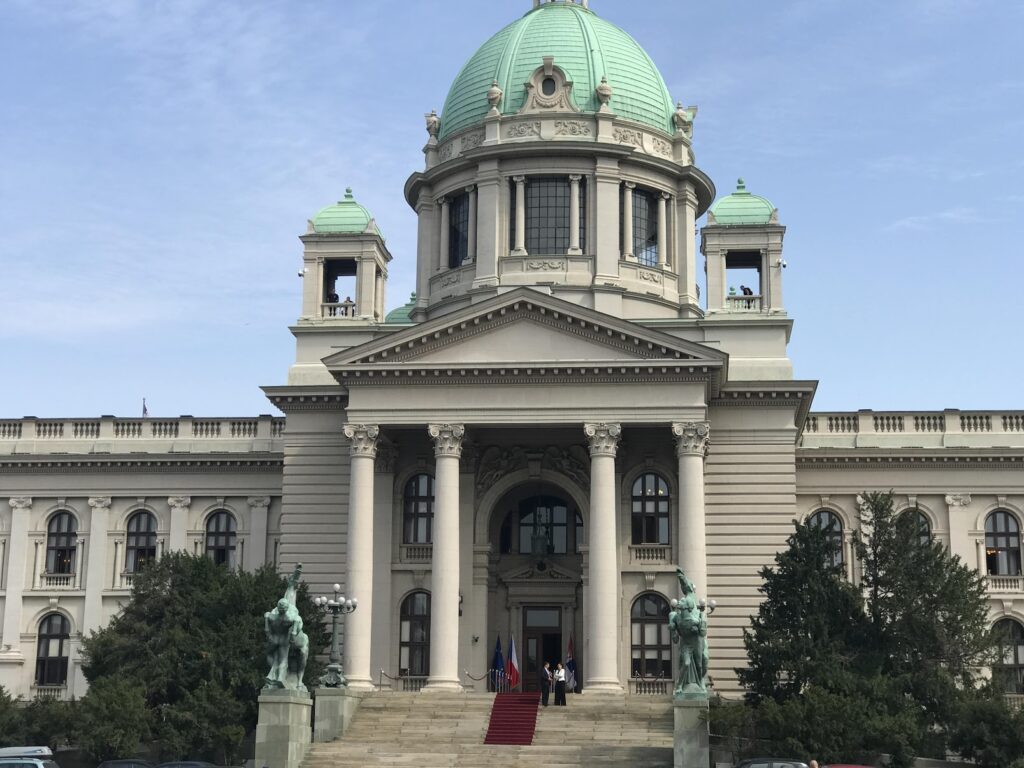
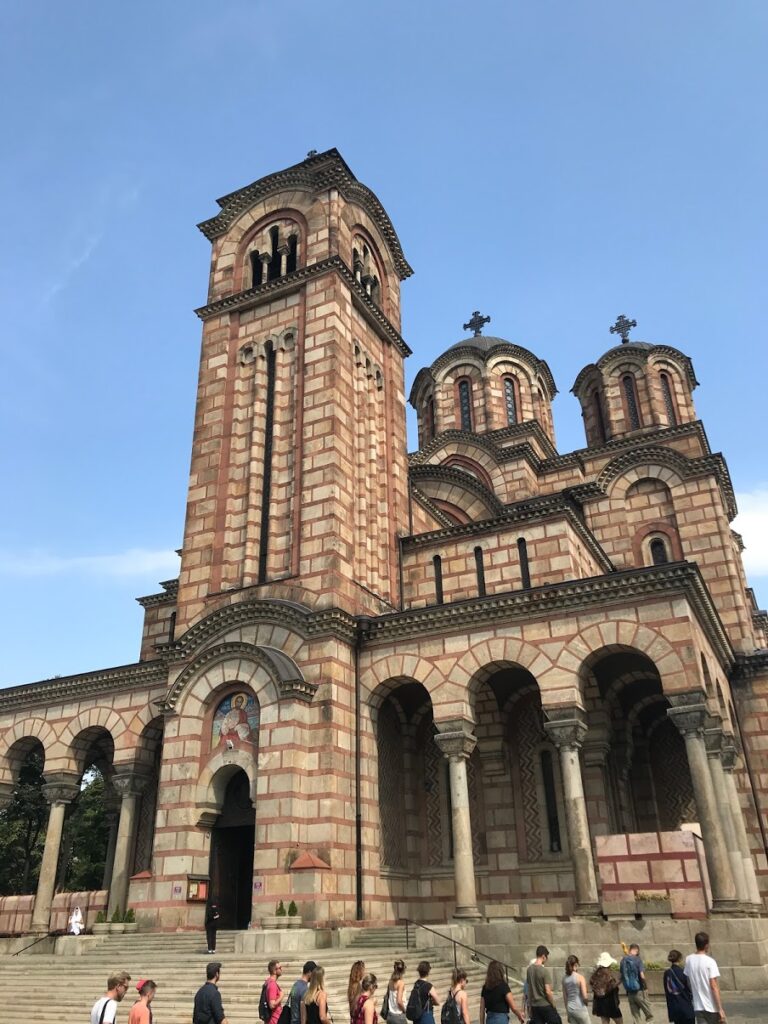
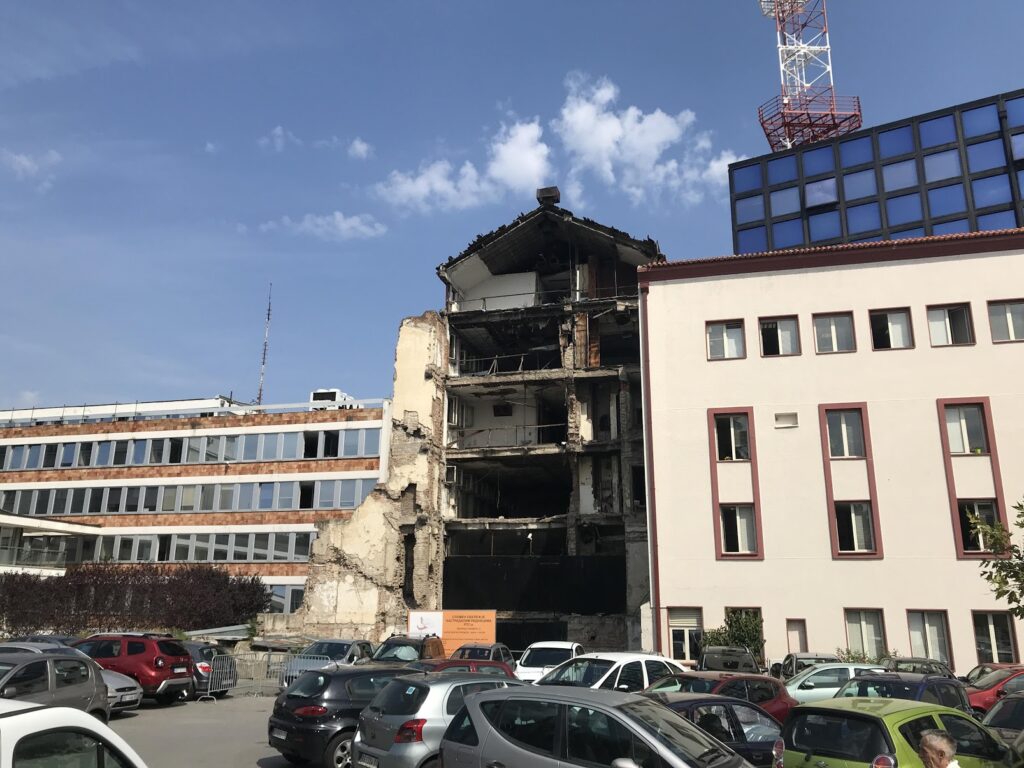
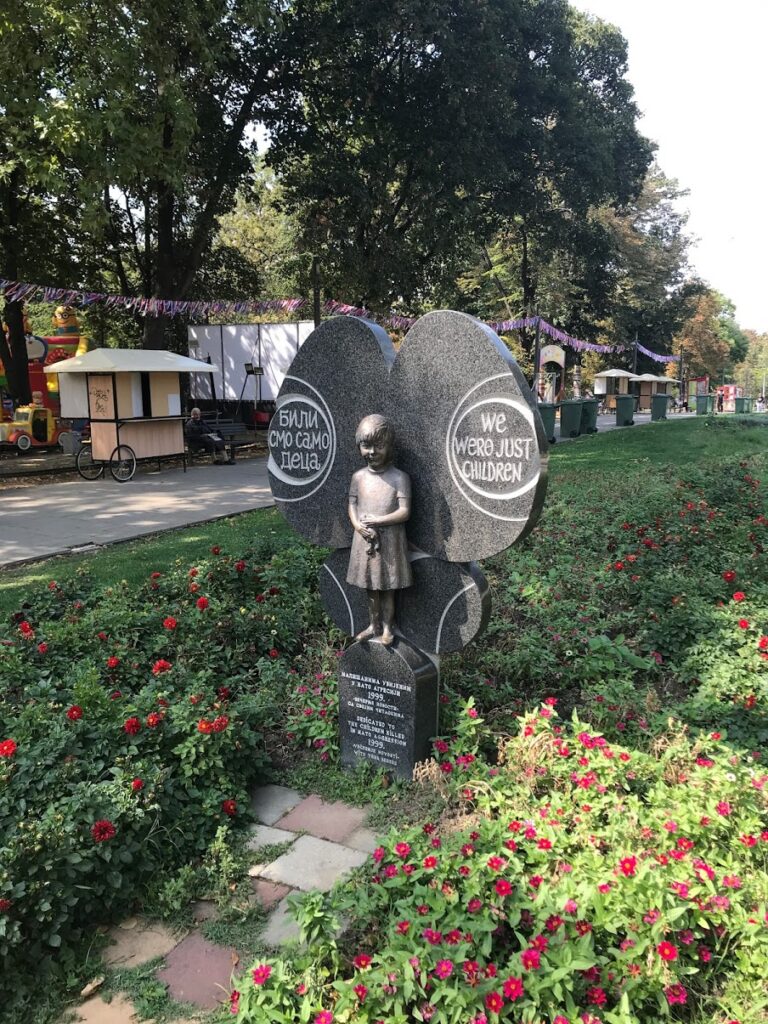
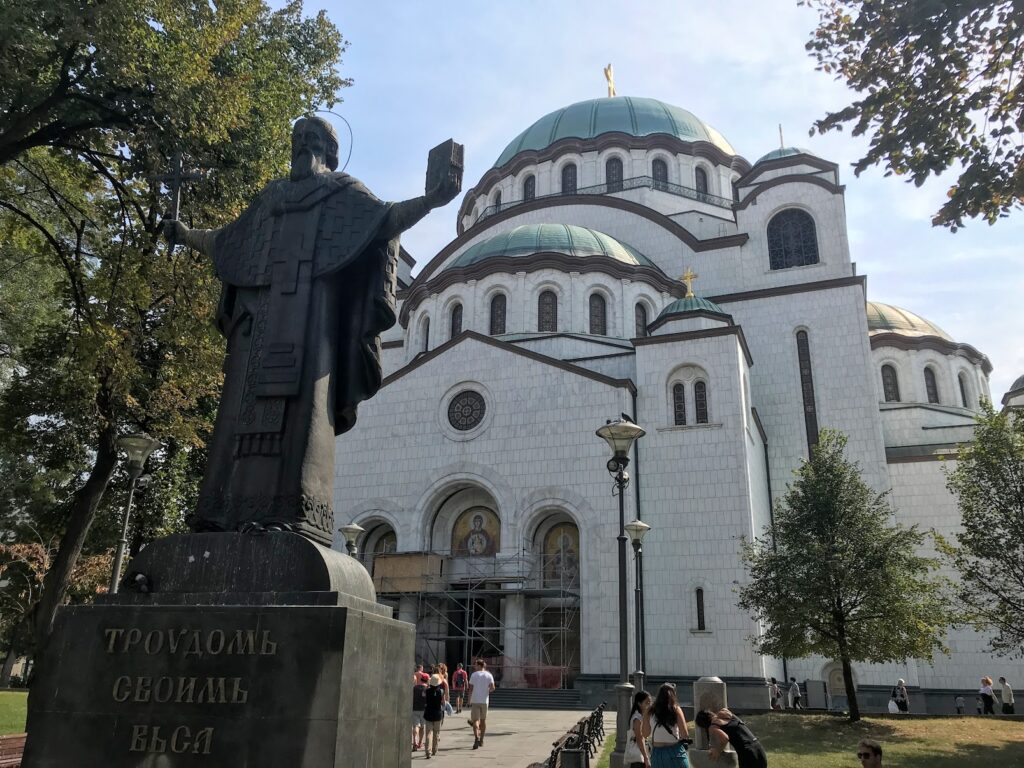
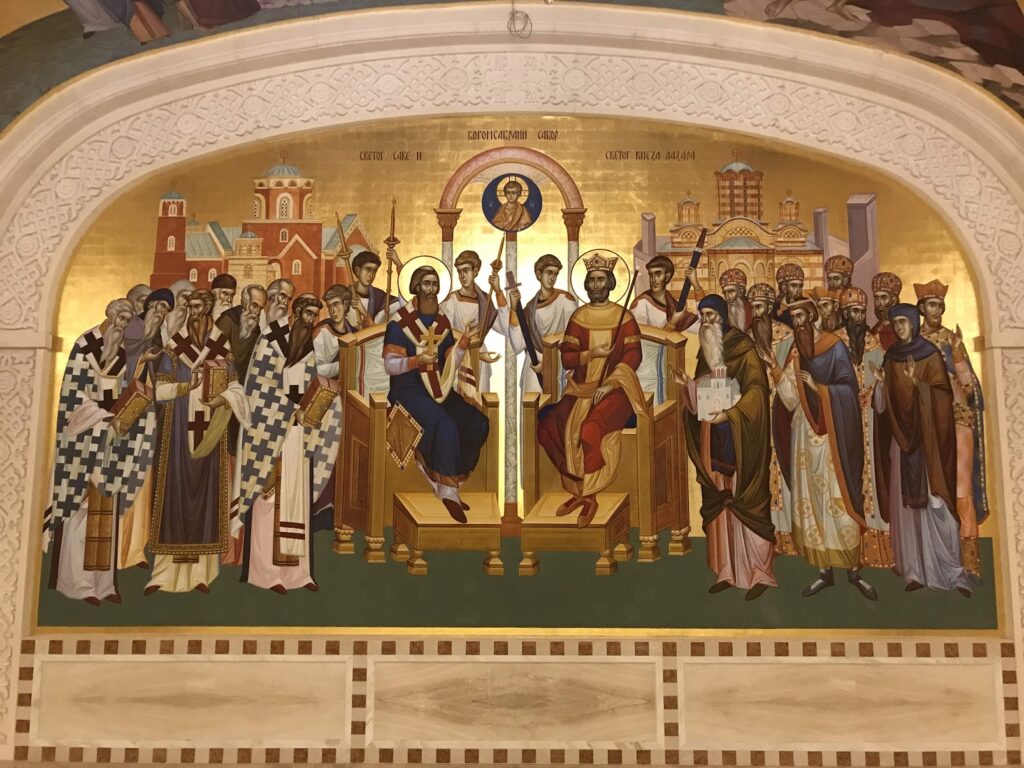
I won’t recount all of the information about WWI, WWII and the Yugoslav wars because I would be writing for days. However, our next few stops (including Sarajevo, Bosnia and Herzegovina and Zagreb, Croatia) would definitely balance the story. It would have been good to also go to Macedonia, Montenegro and Slovenia. Those will need to wait for another trip. However, a little background is helpful I suppose.
Yugoslavia was created immediately after WWI, named the Kingdom of Serbs, Croats and Slovenes made up of territories from the former Austro-Hungarian Empire. It was the first union of South Slavic (Yugo means south and slavia refers to Slavs). Peter I of Serbia was its first monarch. Its name was changed to the Kingdom of Yugoslavia in 1929.
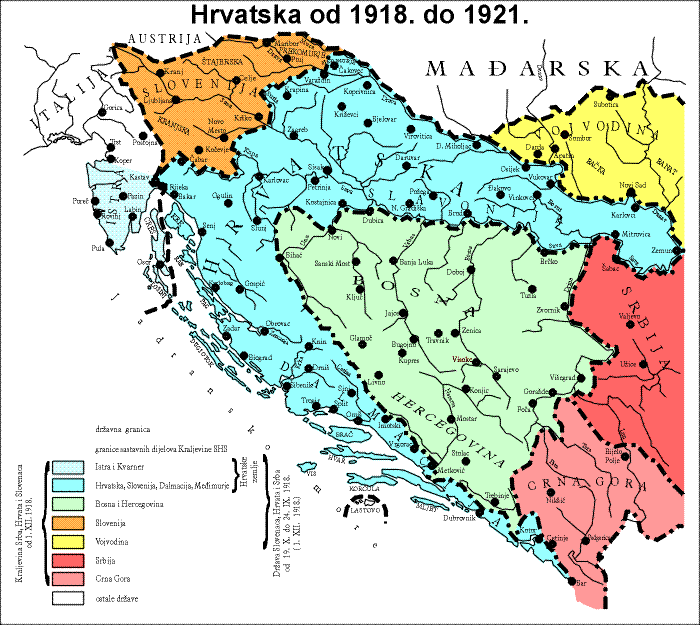
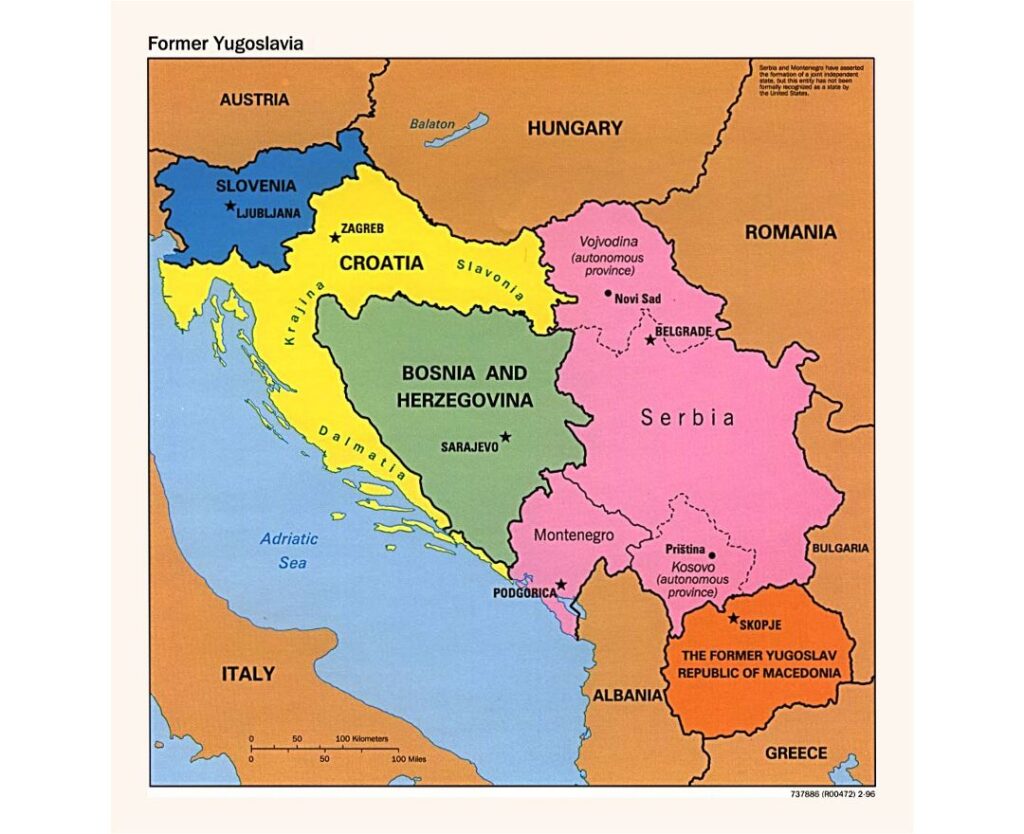
During WWII, the Croats were aligned with Nazi Germany. They had been granted resources by the Vatican to establish a democracy and ultimately create an ethnically pure territory comprised of Catholics only. During WWII, they systematically killed thousands of Serbs living in Croatian territories. Serbs are primarily Orthodox Christians. So, a lot of the period from WWII to present still is about resentment going back to this time.
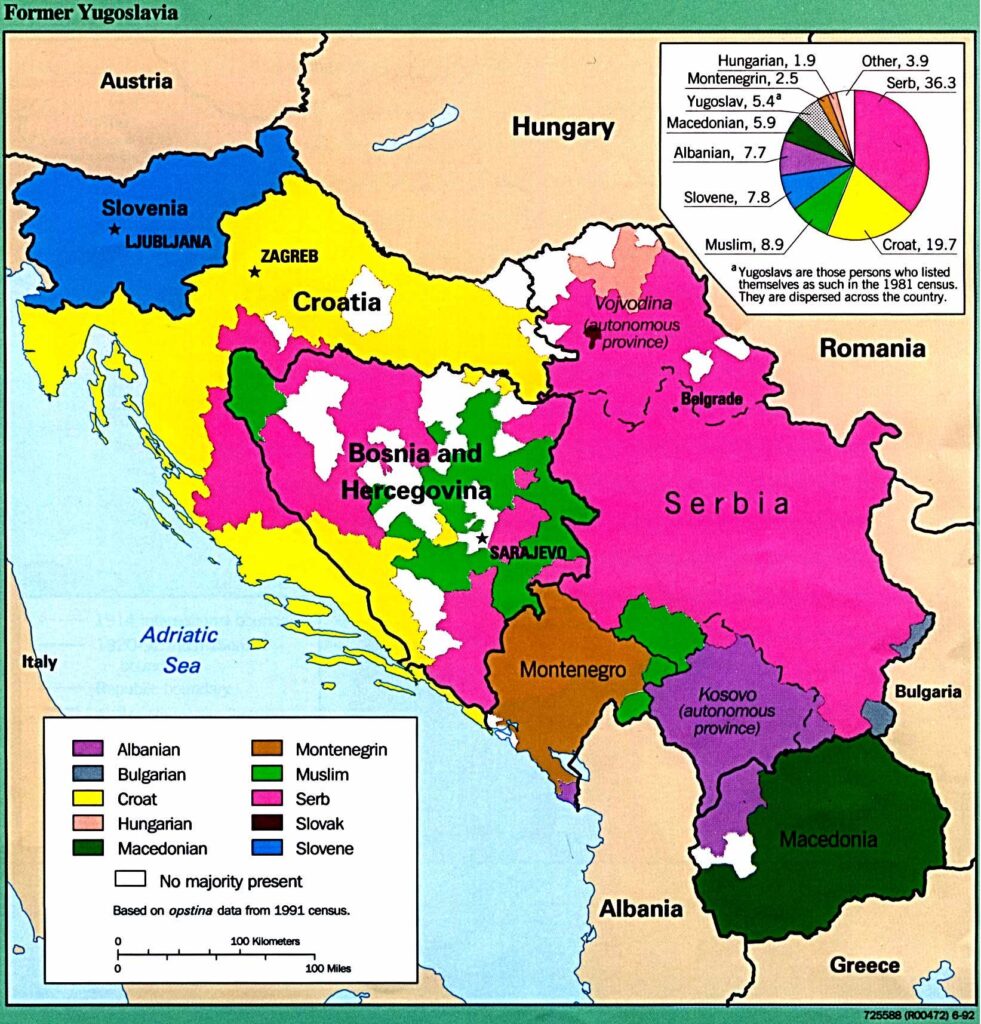
In 1929, King Aleksander was the one who created the royal dictatorship under the name Yugoslavia but there was always tension. He was assassinated in 1934. It was a communist country but quite different then other communisms. There was lots of freedom and lots of wealth. In 1941, the Nazis bombed Belgrade and invaded Yugoslavia. Northern Serbia became part of Hungary and the rest was basically German. In 1944, with the help of the Russians, Belgrade was liberated. In free elections in 1945, the Communist party won 90% of the seats in Yugoslavia under the leadership of Josep Broz Tito. He broke ties with Stalin and became the leader who kept Yugoslavia independent and together through turbulent times. He was loved in Yugoslavia and ruled until his death in 1980.
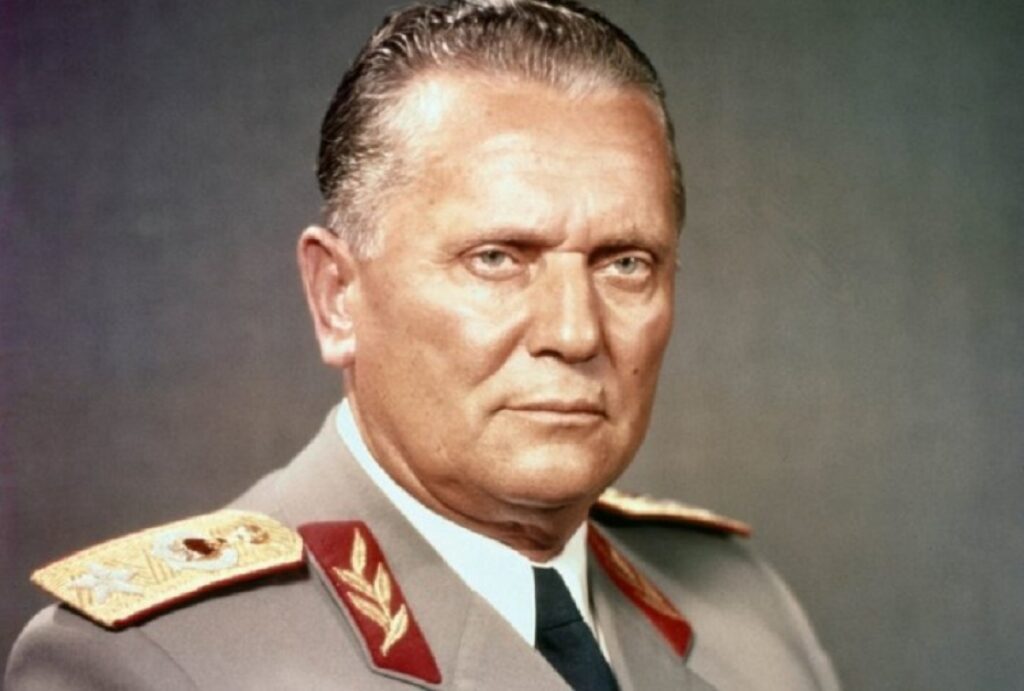
Following Tito’s death in 1980, Serbia and all of Yugoslavia started to face difficult times. The world economy and that of Yugoslavia was in recession. The Yugoslav system began to break down and finally in 1991 the resentment between the six member states began to break the country apart. All member states except for Serbia and Montenegro declared independence. In a fight for territory, ethnicity, power and control, the Serbs attacked the other member states and wars raged from 1991 to 1995. Watch the BBC documentary below (six parts) about the Death of Yugoslavia.
The other part of the story happens in Kosovo. Muslim Albanians had become the majority of the population in the Serbian province of Kosovo. Albania wanted Kosovo to be part of Albania but Serbia wanted the Muslims out and for it to be an ethnically pure area for Serbs. I am not getting into much detail here on purpose because it is the part of the story I did not understand the most. I have some reading to do on this. As I understand it, NATO provided air support to the Kosovo Liberation Army (KLA) as a war with Yugoslavia (Serbia and Montenegro) erupted in 1999. The Serbs killed up to 2000 civilians and KLA forces and NATO intervened calling it a humanitarian war. The NATO bombings in Kosovo and Belgrade are very controversial as NATO killed as many as 500 civilians. Our guide was extremely anti-NATO on this point. His argument is how can you call it humanitarian to bomb and kill people the way they did. He also said that it was an illegal attack because it had not been sanctioned by a NATO resolution.
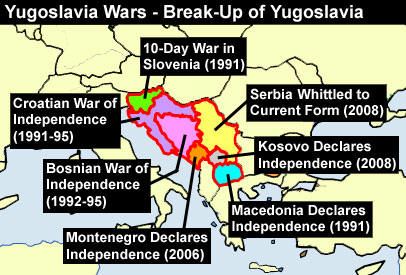
The history of war in Serbia and all of the former Yugoslavia is very complex. As I write this we are in Croatia and have been to Bosnia and Herzegovina. We did a war tour in each of the countries and frankly it is hard to get the story straight. I would recommend doing it the way we did it, getting all three sides (or even doing one in Slovenia, Montenegro and Kosovo). The only one I am not sure would have much about it is Macedonia. However, my advice is to do your own research to get it all. I watched the 6 part documentary created by the BBC 6 months after the end of the wars called The Death of Yugoslavia.
After the 20th Century Tour, and after lunch, we went to the Nikola Tesla Museum. Tesla was born in Croatia but was the son of a Serbian priest. He invented many things during his life but is most known for creating alternating current electricity. He invented the light bulb but most people believe that Thomas Edison did. He was working for Edison at the time so his invention was credited to Edison and his company. It is a small museum but it has some cool experiments that they show you.
We finished up the day by seeing the movie Downton Abbey. It was released on this day and we had been waiting for it to come out. We went to a very tiny theatre but it only cost about $3 or so. I think there were less than 10 people in the theatre.
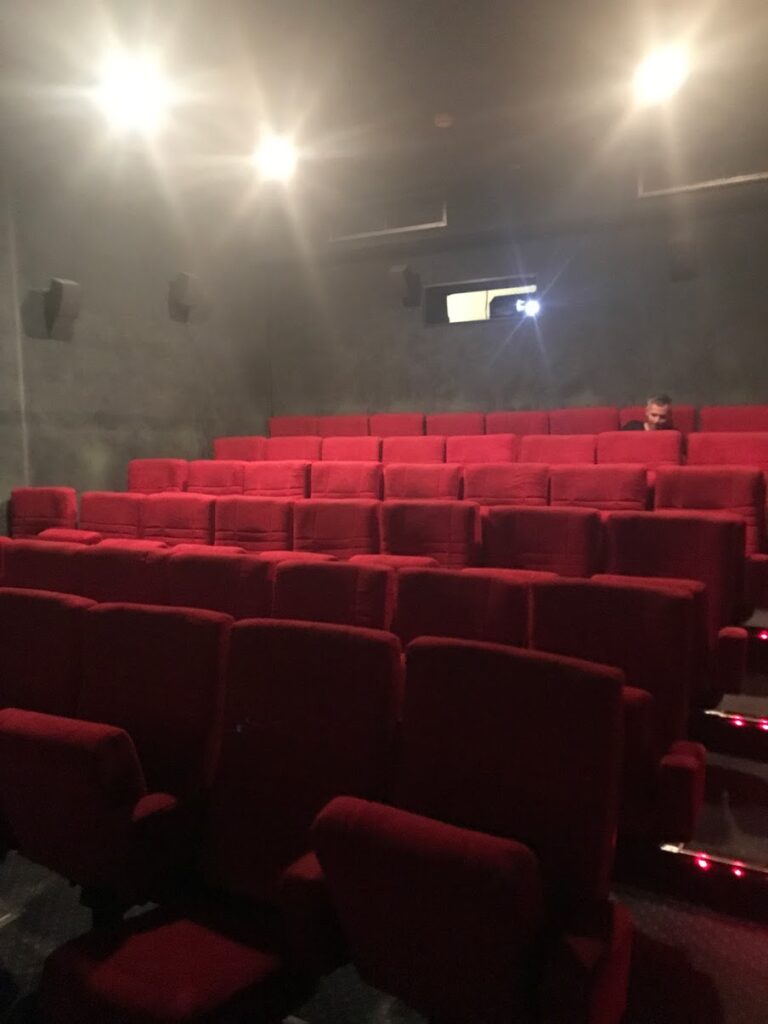
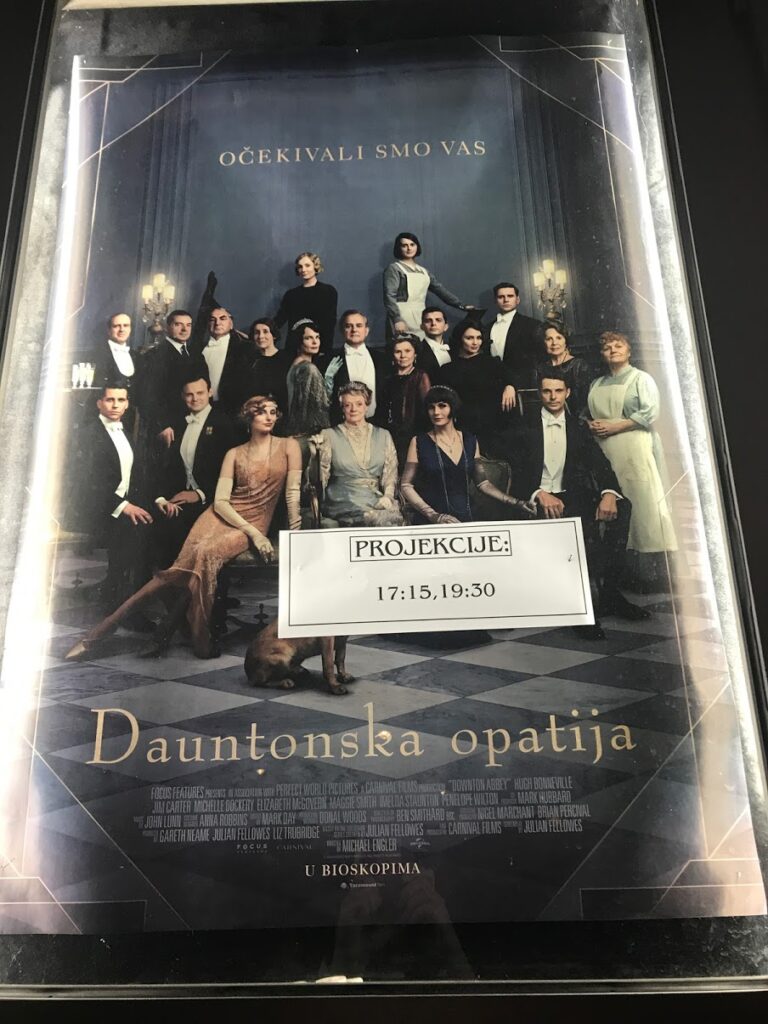
The next morning we did the free Downtown Tour. The tour starts at the Republic Square (BTW, each of these cities in the former Yugoslavia have a Republic Square). It goes through the Bohemian Quarter, the only mosque in the city, Kalemegdan Park, and then to the Belgrade Fortress. The Fortress is free to visit and gives you amazing views of the Danube and Sava Rivers. Our guide also gave us a taste of Rakija (pronounced Rackia) which is a traditional alcohol that people make themselves by fermenting fruits. It is like schnapps but is extremely strong.
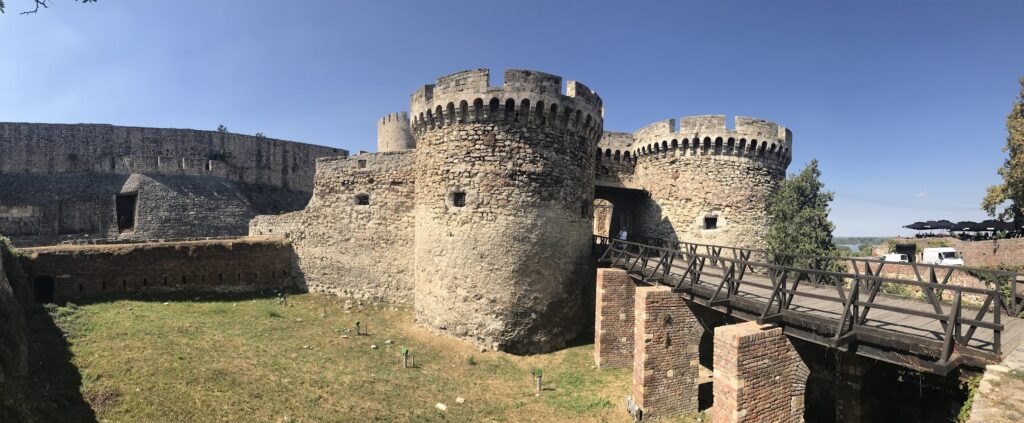
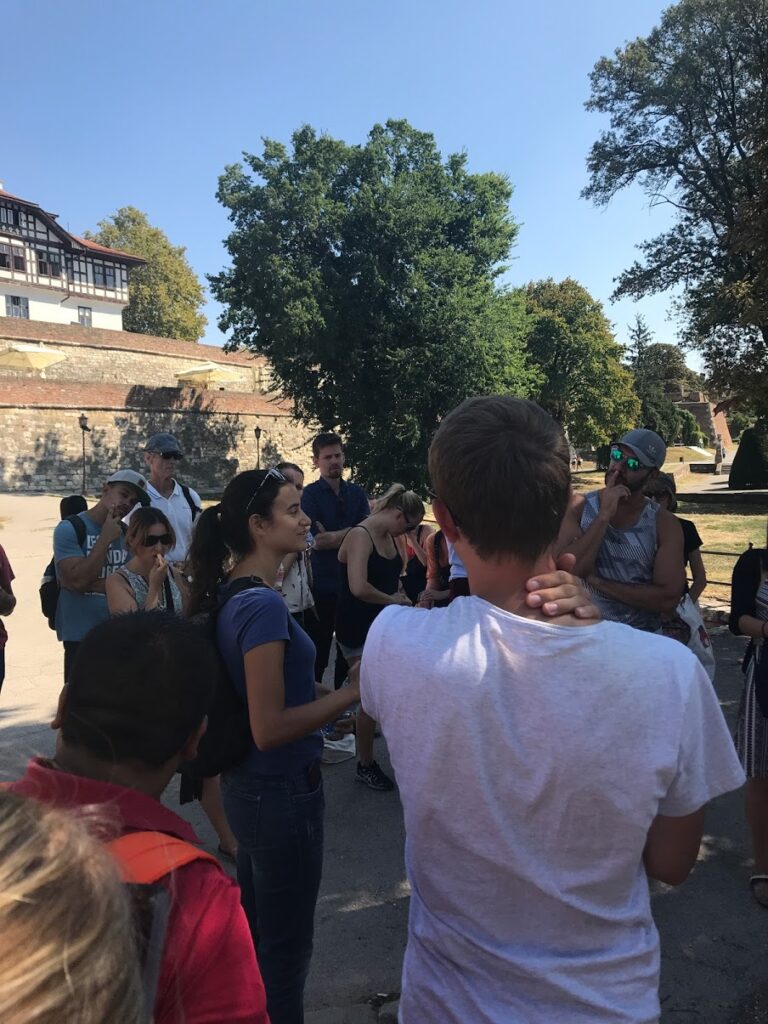
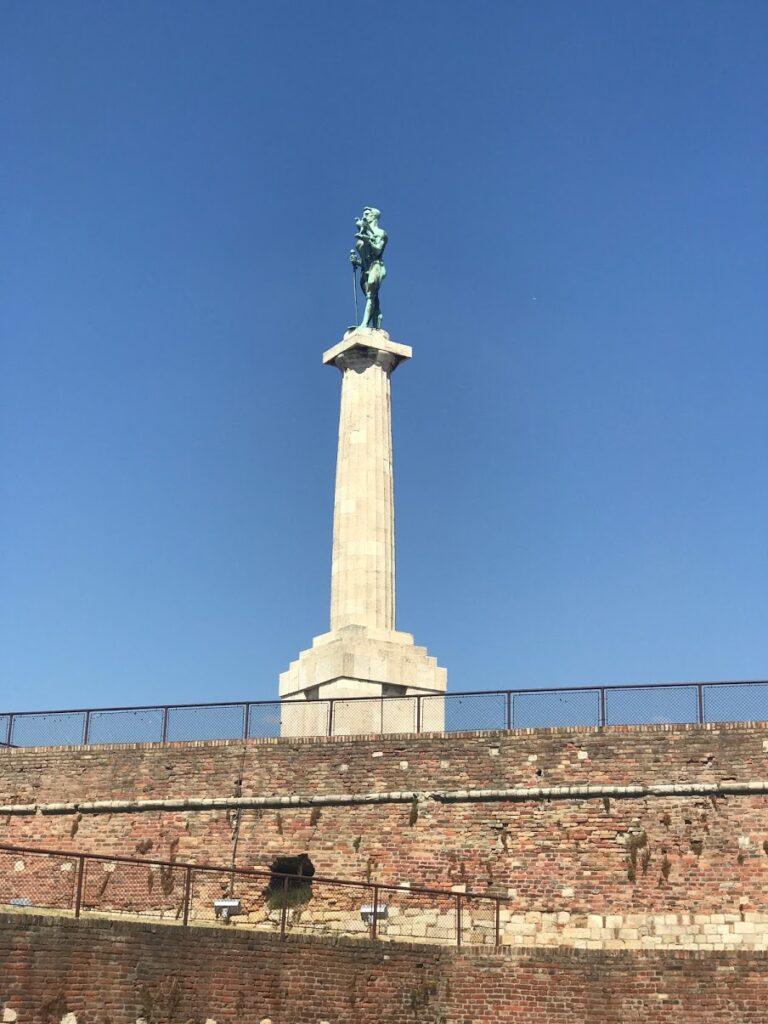
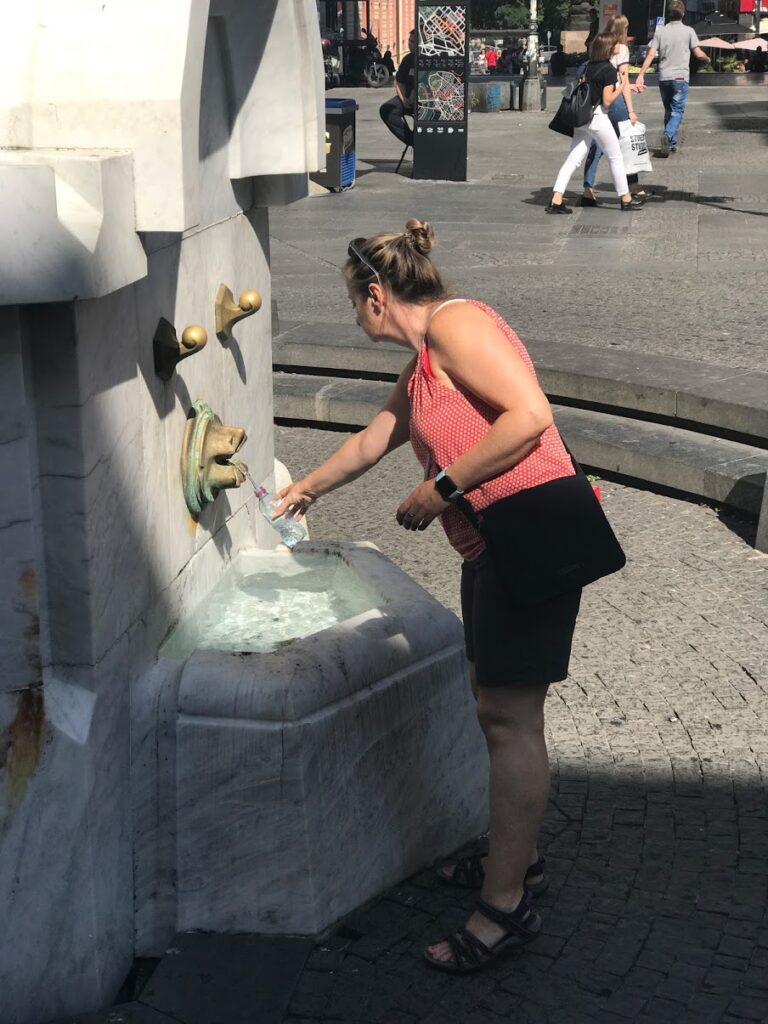
Later that day, we returned to the Fortress for sunset. The sunset over the rivers draws lots of people for the romantic scene. Dating in Belgrade involves couples walking and talking through the Fortress and enjoying the beautiful scenery. Finally, we went back to the Bohemian Quarter for dinner and a couple of beers. This area turns into a very lively night scene with outdoor restaurants having live music. It was Friday night and we probably only caught the early crowd.
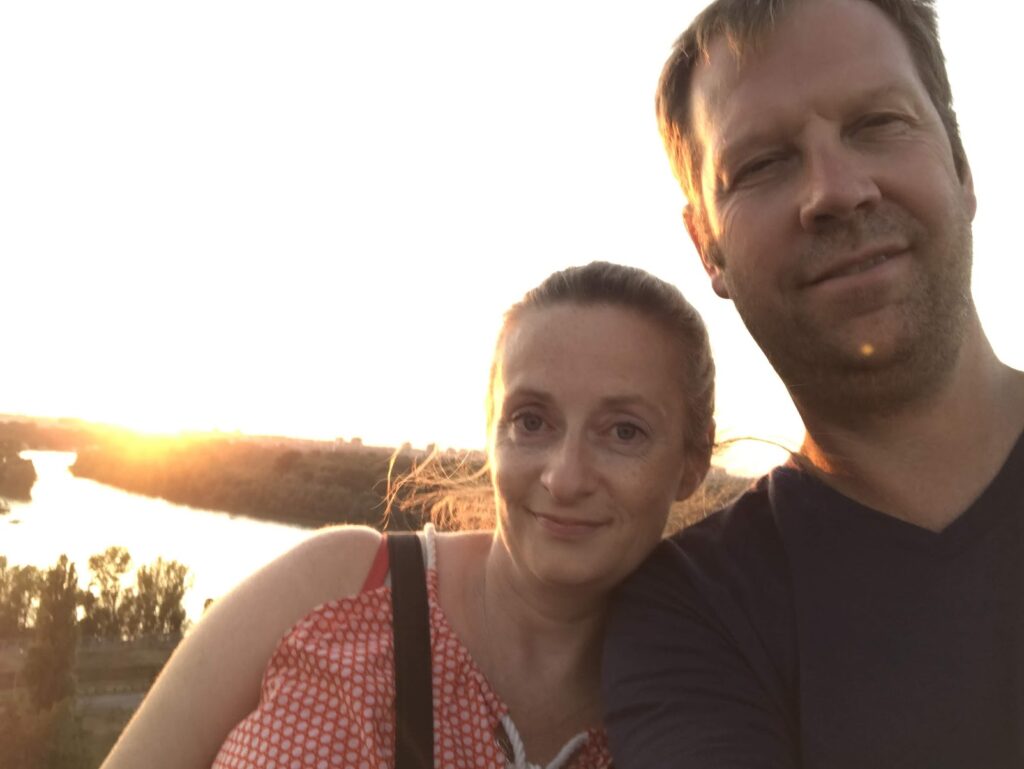
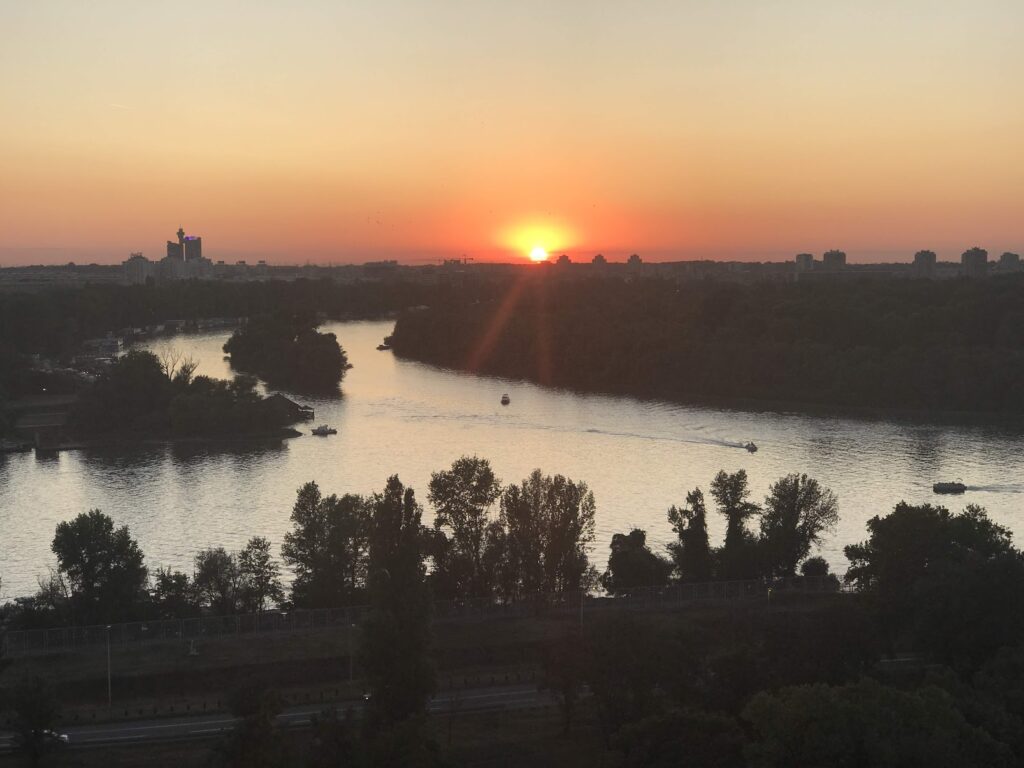
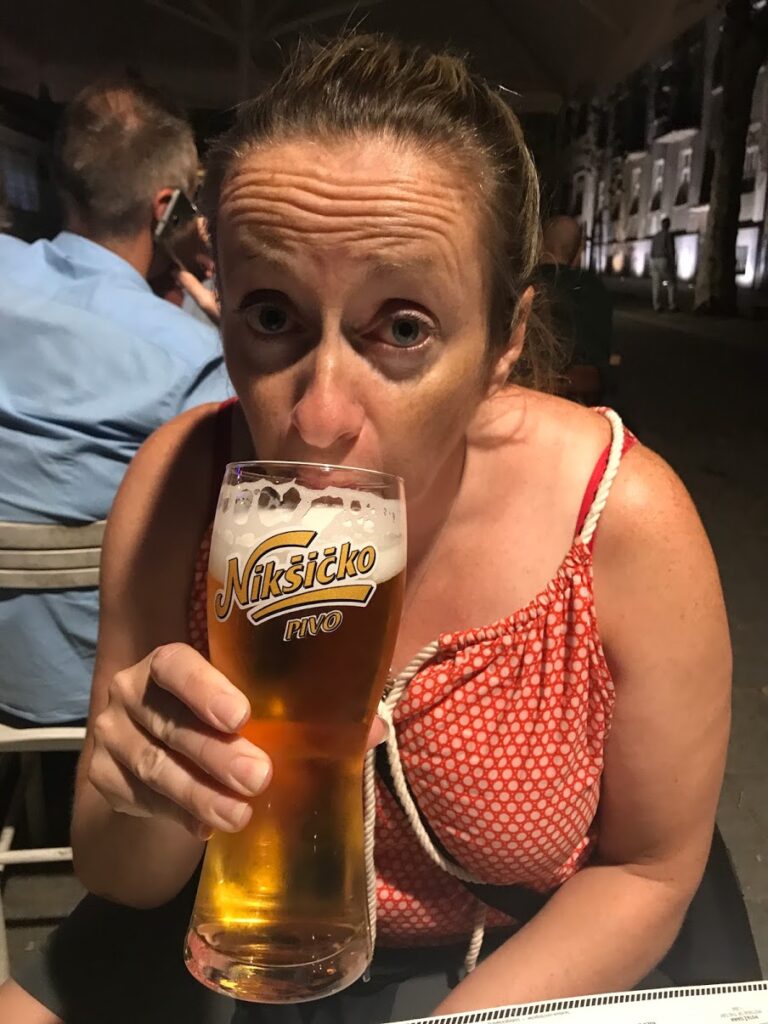
The next morning we rented bicycles at the waterfront. They cost about $8 for the day. We rode along the waterfront on both sides of the river. On the far side from the old city area is New Belgrade. It was originally part of another city and country. However, Belgrade now includes this area. Along the river bank are many floating restaurants, cafes and night clubs. We drove our bikes to an area called Zemun. Then on the way back we stopped for a beer at one of the floating bars. It was very relaxing and turned into a few beers.
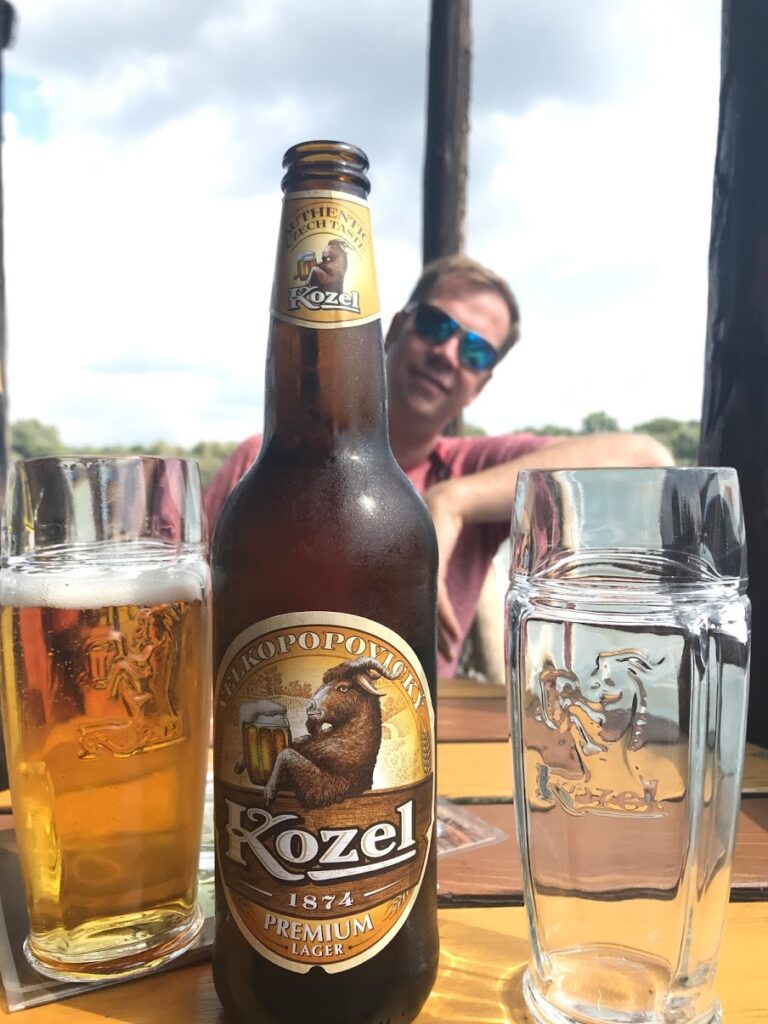
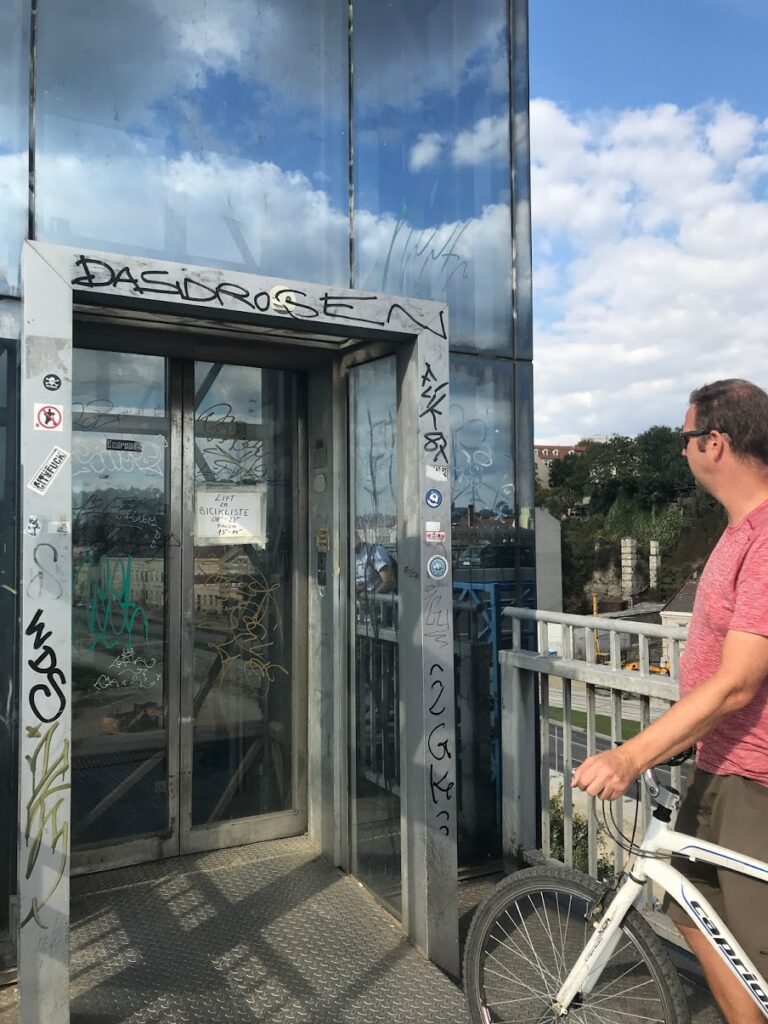
Later that day, after our bike ride, we went to a restaurant that Nic had found on TripAdvisor. I forget what it was called but we ordered a mixed meat grill which is a traditional way of eating meat in Serbia. Their diet is very meat heavy but they grill their meats and do not fry them in fat. I ordered 1 kg of meat… that is right… 1 kg. OMG was it a lot of meat. We also ordered a couple of salads to go along with it. Needless to say we had about half of our meat as leftovers. We ate some of it for breakfast the next day and then had some on our bus ride to Sarajevo.
